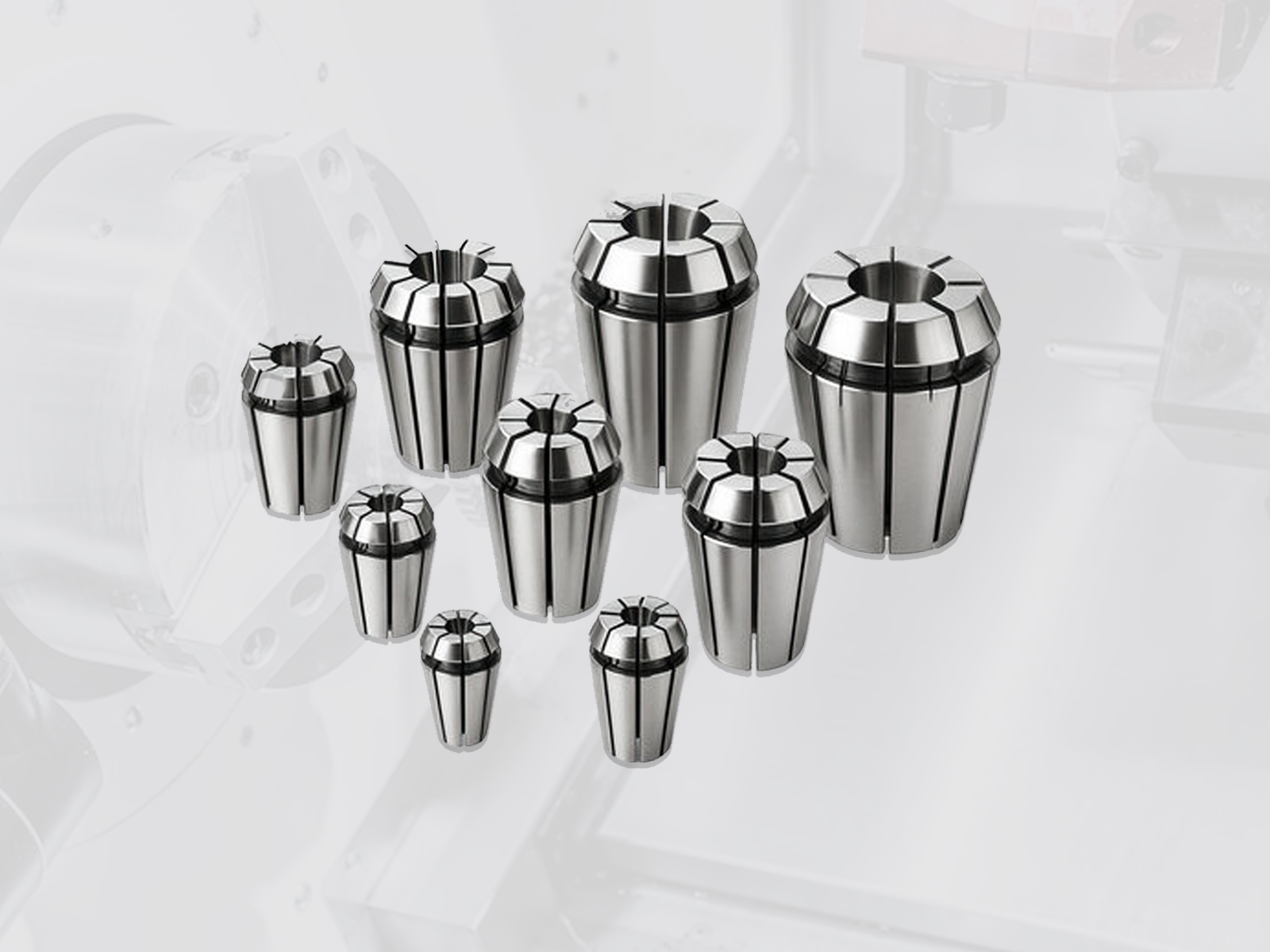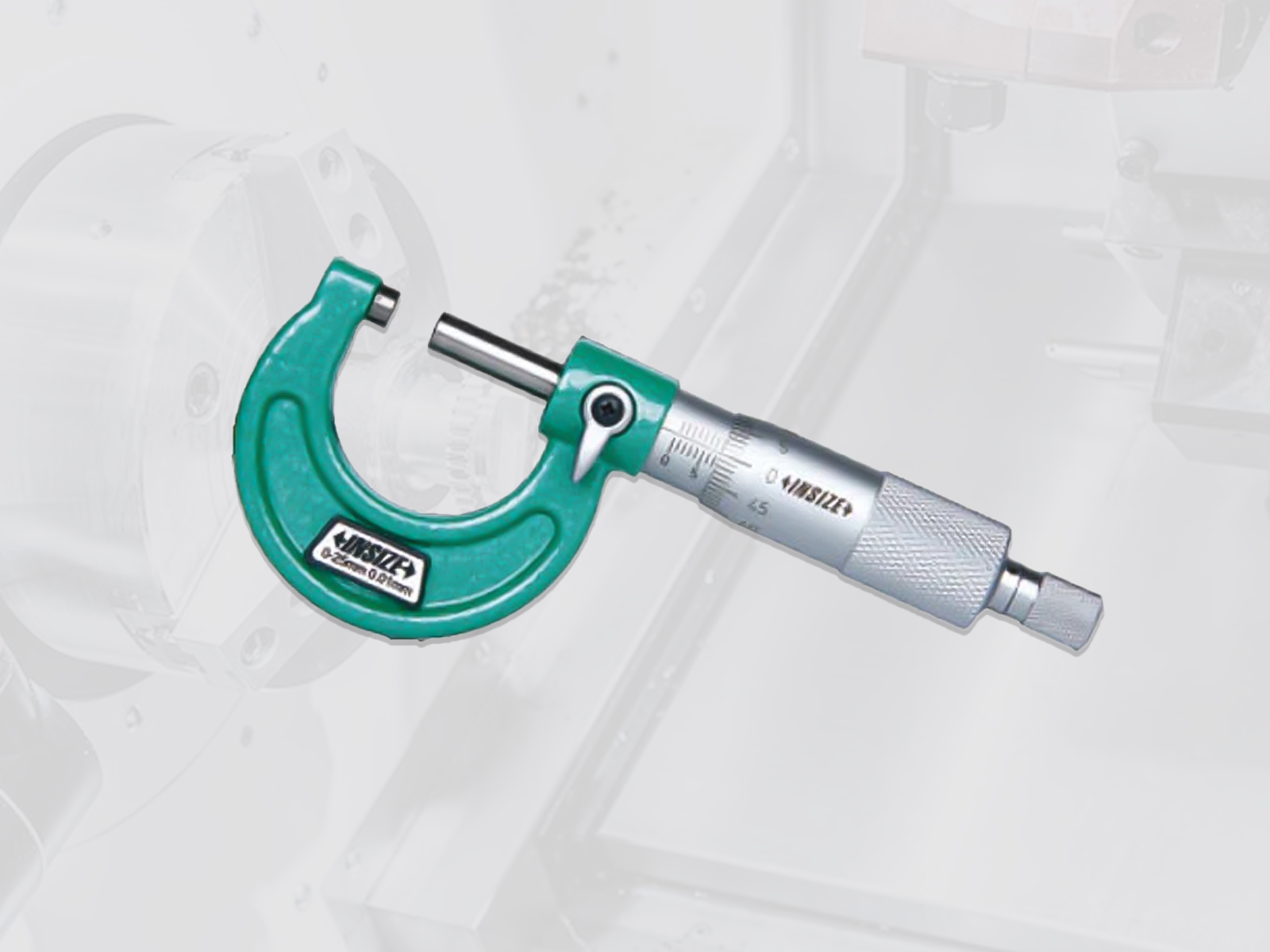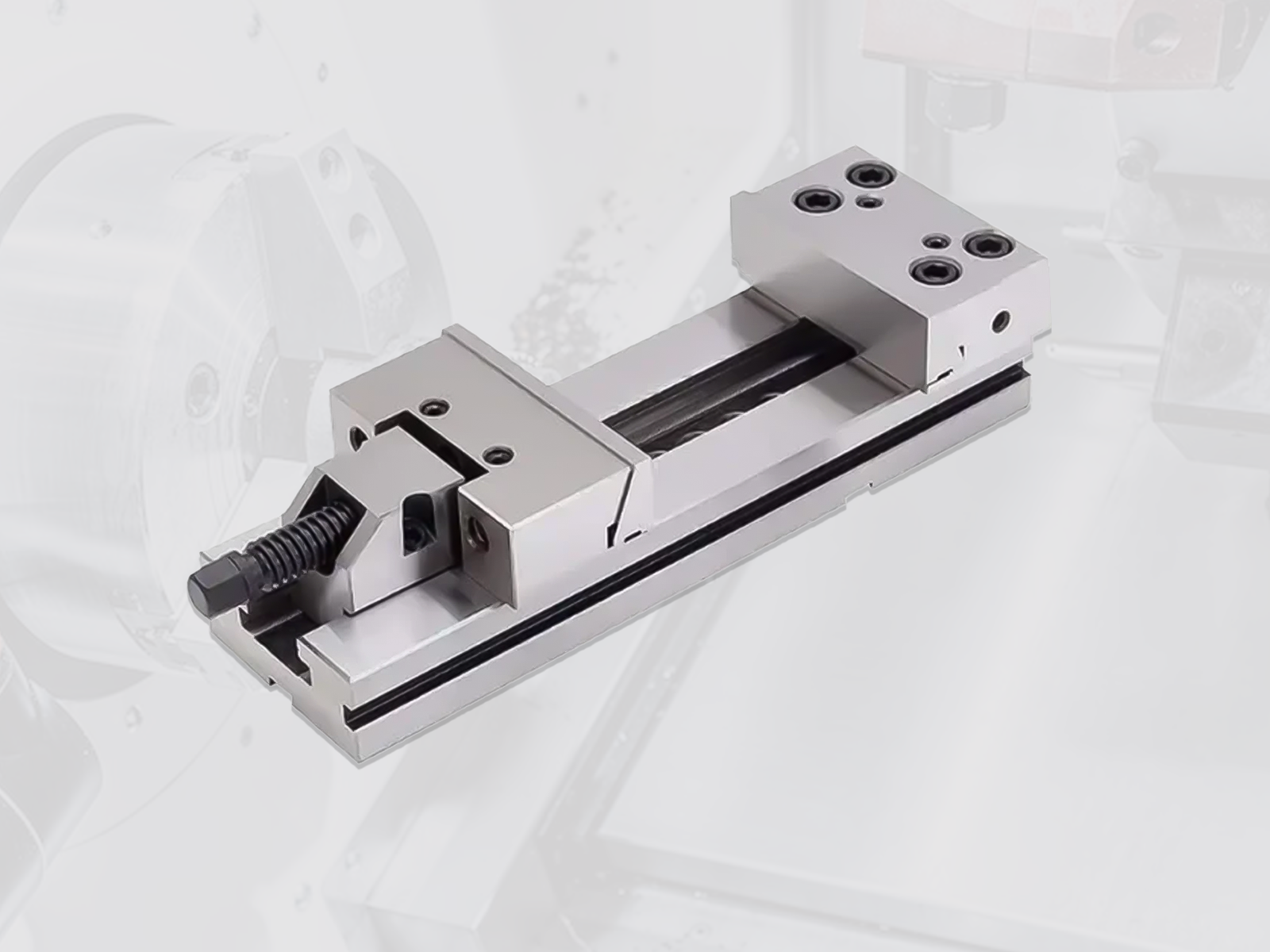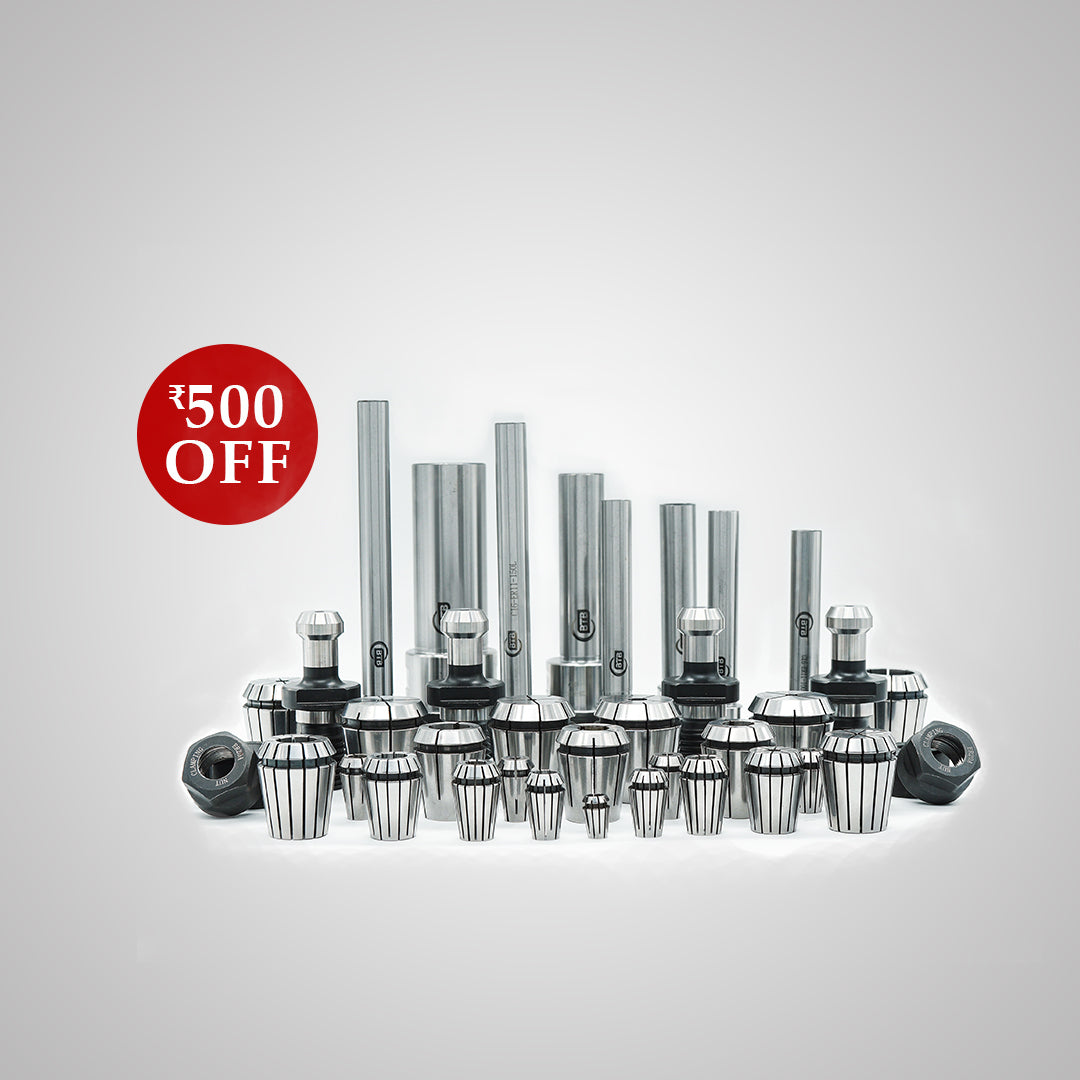Maximizing CNC Tool Life: Strategies for Reduced Wear and Increased Productivity

Extend the life of your CNC tools with these proven strategies. Learn how to optimize cutting parameters, choose the right tools, and implement proper maintenance to reduce wear, minimize downtime, and boost your machining productivity. Discover expert tips on tool selection, coolant usage, and advanced techniques like tool presetting and adaptive control.
In the competitive world of CNC machining, minimizing tool wear is paramount for increased productivity, reduced downtime, and lowered operational costs. This blog post explores key strategies to extend tool life, ensuring your CNC operations run smoothly and efficiently.
1. Choosing the Right Tool:
- Material Matters: Select tools crafted from materials like carbides, ceramics, or coated steels, known for their exceptional wear resistance.
- Geometry is Key: Opt for tools with optimized geometries, such as sharp cutting edges, effective chip evacuation channels, and robust shanks to withstand machining forces.
- Size Does Matter: Ensure the tool size is appropriate for the task. Oversized tools can lead to excessive stress and premature failure.
2. Optimizing Cutting Parameters:
- Spindle Speed: Find the optimal spindle speed for the material and tool. Excessive speeds generate excessive heat, accelerating wear.
- Feed Rate: Maintain a consistent feed rate to prevent overloading the tool and causing premature breakage.
- Depth of Cut: Avoid excessive depths of cut, which can generate excessive forces and lead to rapid tool wear.
3. Machine Maintenance is Crucial:
- Regular Maintenance: Keep your CNC machine well-maintained. This includes regular lubrication, cleaning, and calibration to ensure optimal performance and reduce vibrations that can accelerate tool wear.
- Vibration Control: Minimize vibrations by ensuring rigid machine setups and secure workpiece clamping.
4. Coolant Considerations:
- Proper Coolant Selection: Choose the right coolant for the material and cutting process. Coolants help reduce friction, heat, and chip buildup.
- Consistent Application: Ensure consistent coolant flow to effectively cool the cutting zone and prevent excessive heat buildup.
5. Tool Monitoring and Replacement:
- Regular Inspections: Implement a system for regularly inspecting tools for signs of wear, such as chipping, cracking, or excessive flank wear.
- Predictive Maintenance: Consider using sensor-based systems to monitor tool wear in real-time and predict when replacement is necessary.
- Prompt Replacement: Replace worn tools immediately to prevent catastrophic failure and potential damage to the workpiece or machine.
6. Advanced Techniques:
- Tool Presetting: Utilize tool presetting equipment to ensure accurate tool lengths and diameters, minimizing the risk of collisions and improving machining accuracy.
- Adaptive Control: Explore adaptive control systems that adjust cutting parameters in real-time based on factors like tool wear and cutting forces, optimizing performance and extending tool life.
By implementing these strategies, you can significantly extend the life of your CNC tools, reduce downtime, and enhance the overall efficiency and profitability of your machining operations.
Want to explore high-quality tooling options to support these best practices? Learn more about selecting the right tools and optimizing your machining process at www.blocktobox.com.
This is your blog post text. Add your paragraph content here.
Read More
-

, by Marketing Team ER Collet Guide: Sizes, Types, Applications & How They Work
-

, by Marketing Team Micrometer Guide: Types, Usage, Reading & Tips for Precision
-

, by Marketing Team CNC Fixture Design Guide | Types, Components & Tips for Machining




